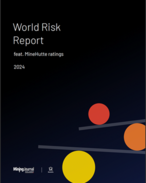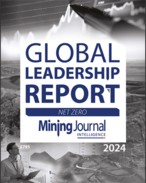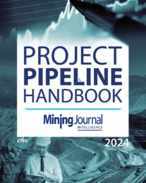This article is 4 years old. Images might not display.
Iron ore accounted for 36% of Australia's total exports, which were up by 6% to $30.5 billion.
"The primary driver for the increase in exports was an $833 million (7%) increase in exports of metalliferous ores, most of which was iron ore headed for our largest trading partner, China," ABS head of international statistics Branko Vitas said.
It comes as the iron ore price has outperformed expectations so far this month, trading at more than US$120 per tonne.
UBS noted overnight that iron ore inventories at ports in China had increased by more than 20% since June and was now flat year-on-year for the first time in 2020.
"Investors are asking whether this is a concern and whether a collapse in the iron ore price is imminent," it said.
"We review seasonal trends in inventory, inventory relative to consumption, inventory by type (fines vs lump vs pellets) and inventory by origin (Australia versus Brazil) as well as the correlation of inventory with iron ore prices.
"In our opinion, the port inventory level in China is still healthy and not yet a concern; port inventories also do not reliably indicate potential changes in prices."
Macquarie remains bullish on iron ore and expects it to average $111/t next year.























